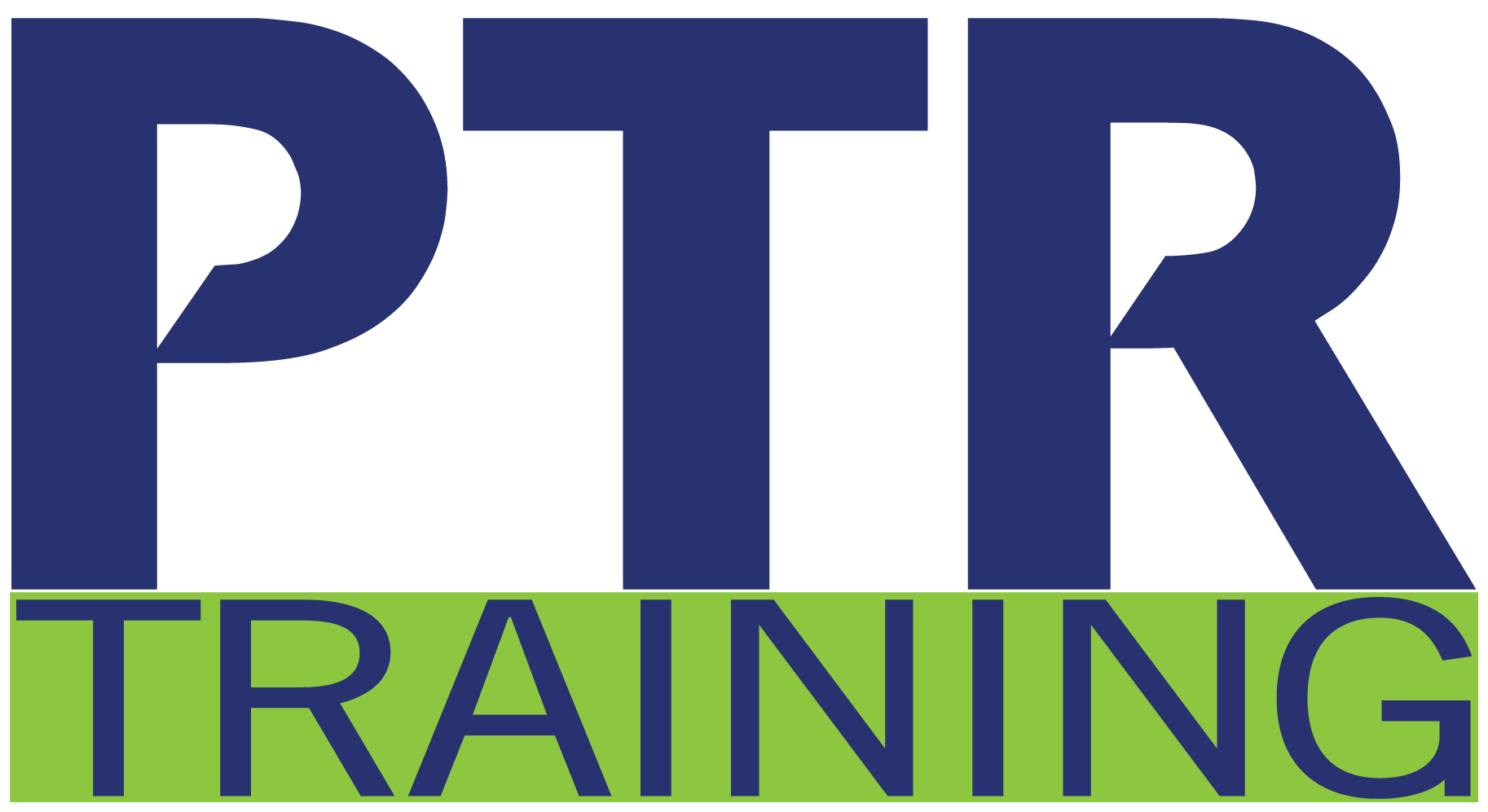In the modern workplace, effective leadership requires allyship to cultivate inclusivity. In this course, Allyship in the Workplace, discover how to leverage allyship as a powerful tool for diversity and inclusion. Gain insights on advocating for marginalized team members, fostering group unity, and enhancing productivity, cohesion, and organizational retention.
Learning Objectives »
- Define allyship and identify key concepts.
- Understand the benefits of allyship in the workplace.
- Identify types of bias and how they affect the workplace.
- Distinguish between equality and equity.
- Tackle institutional discrimination at work.
- Apply actions you can take to be an ally.
- Learn the stages of the allyship journey.
- Recognize possible challenges and overcome them.
Course Agenda
Understanding the Importance of Allyship in the Workplace
- Defining Allyship
- Marginalized Groups and Oppression
- Key Points About Allyship
- Experiences of Privilege
- Understanding Privilege
- Intersectionality and Oppression
- Equality vs. Equity
- The Allyship Journey
- Benefits of Allyship at Work
Allyship in Practice
- Levels of Oppression
- Microaggressions
- Bystander Interventions
- Actions of an Ally
- Interpersonal Actions
- Internalized Level
- Unconscious Bias
- Types of Bias
- Institutional/Systemic Discrimination
- Allyship vs. Advocacy
Overcoming the Challenges
- Performative Allyship Practices
- Acting like a “Savior”
- Other Types of Behaviors to Avoid
- Overcoming Mistakes
- Allyship Action Plan


